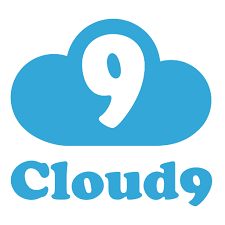How I Taught Myself How To Code And Built My Own Business
Hello! Who are you and what business did you start?
Hi, my name is Todd and I’m a serial entrepreneur. After a long history of building various businesses, I created ByteStand, a friendly software development company run by ecommerce nerds who get excited about weird things like “cross-platform integrations” and “fulfillment networks” and “coffee”.
We design Shopify apps, with three apps currently in the app store and over 2,000 shops using our software. Our two main apps are ByteStand and FBA Shipping, which were designed to help Amazon sellers diversify and generate more revenue by importing their Amazon inventory to Shopify and exporting their Shopify orders to Amazon for fulfillment.
We also created FreshCredit, Shopify's first true store credit app. Between all three apps, we generate about $17,000/month in revenue.

Download the report and join our email newsletter packed with business ideas and money-making opportunities, backed by real-life case studies.

Download the report and join our email newsletter packed with business ideas and money-making opportunities, backed by real-life case studies.

Download the report and join our email newsletter packed with business ideas and money-making opportunities, backed by real-life case studies.

Download the report and join our email newsletter packed with business ideas and money-making opportunities, backed by real-life case studies.

Download the report and join our email newsletter packed with business ideas and money-making opportunities, backed by real-life case studies.

Download the report and join our email newsletter packed with business ideas and money-making opportunities, backed by real-life case studies.

Download the report and join our email newsletter packed with business ideas and money-making opportunities, backed by real-life case studies.

Download the report and join our email newsletter packed with business ideas and money-making opportunities, backed by real-life case studies.





















